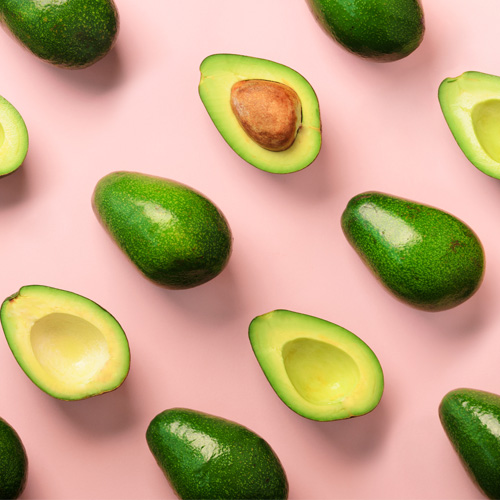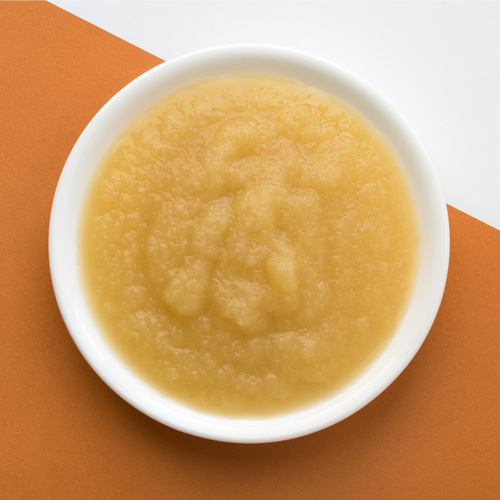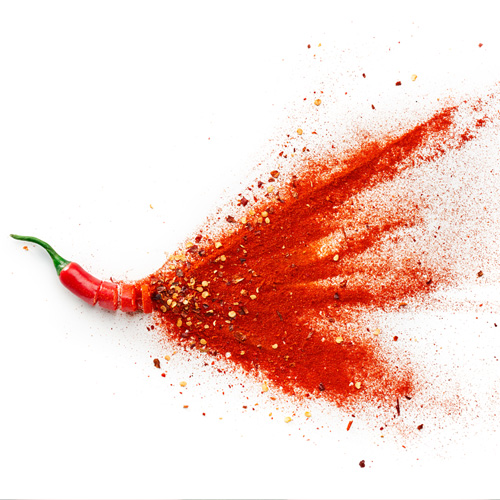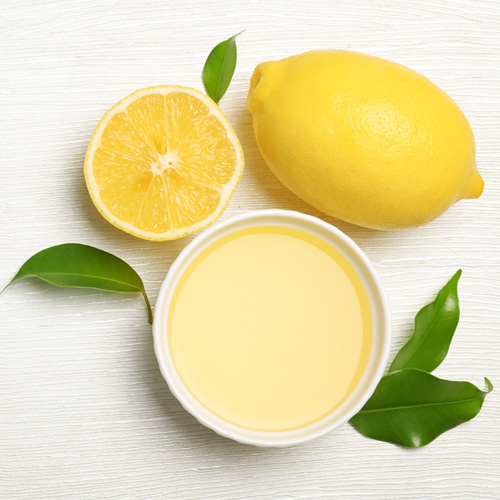
Holiday Substitutes
Author: be well™ with Big Y® Registered Dietitian Team
Cutting fat, added sugar or sodium? Here are our dietitian team’s tips!
Cutting Saturated Fat
Fat serves a purpose in some recipes, especially for creating a velvety and smooth texture. Other times, it can be reduced dramatically while minimally impacting your final product. Here are simple ways to swap out higher saturated fat ingredients to heart-healthy liquid fats.
Plain Greek Yogurt or Skyr
1 cup sour cream, mayonnaise, cream = 1 cup
1 cup oil = ¾ cup
1 cup butter, cream cheese = ½ cup butter or cream cheese + ½ cup
1 cup buttermilk = ⅓ - ¾ cup milk + ⅔ cup
Avocado

1 cup butter = 1 cup mashed or pureed
1 tablespoon mayonnaise = 1 tablespoon
½ cup oil = 1 whole avocado
Unsweetened Applesauce
1 cup butter = ½ cup butter + ½ cup
Plant Oils (Canola, Olive, etc.)
1 cup butter = ¾ cup
Reducing Added Sugar
Just like fat, sugar serves a purpose in recipes other than flavor. Sugar helps with browning and structure. With added sugars, though, a little can go a long way.
The first step is to reduce the amount of sugar from what is called for in a recipe. At first, reduce the amount of sugar you use by 10-15% and then work toward reducing sugar by 25-30%.
Other ways to reduce the amount of added sugar in baking recipes is with fruit:
Applesauce

1 cup sugar = 1 cup applesauce + reducing other liquids in recipe by ¼
Fruit Puree
1 cup sugar = 1 cup plums, banana, dates or figs + reducing other liquids in recipe as necessary
Reducing Sodium
The ultimate preservative and flavor enhancer, our taste buds have become accustomed to having salt added to food. Luckily, you can retrain your taste buds to expect less salt in foods, and thereby the amount of sodium in recipes.
Fresh Herbs
Experimenting with fresh herbs like basil, parsley, rosemary, cilantro, sage, chive, lemongrass and marjoram will help you create dishes full of flavor but low in sodium.
Aromatic Vegetables
When heated, fresh vegetables such as onion, shallot, garlic, ginger, carrot and celery add flavor and aroma to recipes. The use of these aromatic vegetables, in addition to varieties like leeks, fennel and scallions, help to create more full-bodied recipes.
Spices

The sweetness and/or heat of a little bit of dried spice like turmeric, curry, cinnamon, red pepper flakes and black pepper can go a long way to offset less, or no, salt in recipes.
Acid: Citrus Juice or Vinegar

Fresh lemon, lime and orange juice, as well as kinds of vinegar like apple cider, balsamic and red wine help create a sense of lightness and sharpness of flavor. All you need is a squeeze or dash to make an impact.
Lower Sodium Alternatives
Products lower in sodium, but not salt free, like a teaspoon of miso (fermented soy paste), liquid aminos or low sodium soy sauce can help cultivate umami (or savory, meat) flavor with considerably less sodium than a traditional teaspoon of salt (~2,300 milligrams sodium).
Published 11/3/2021


